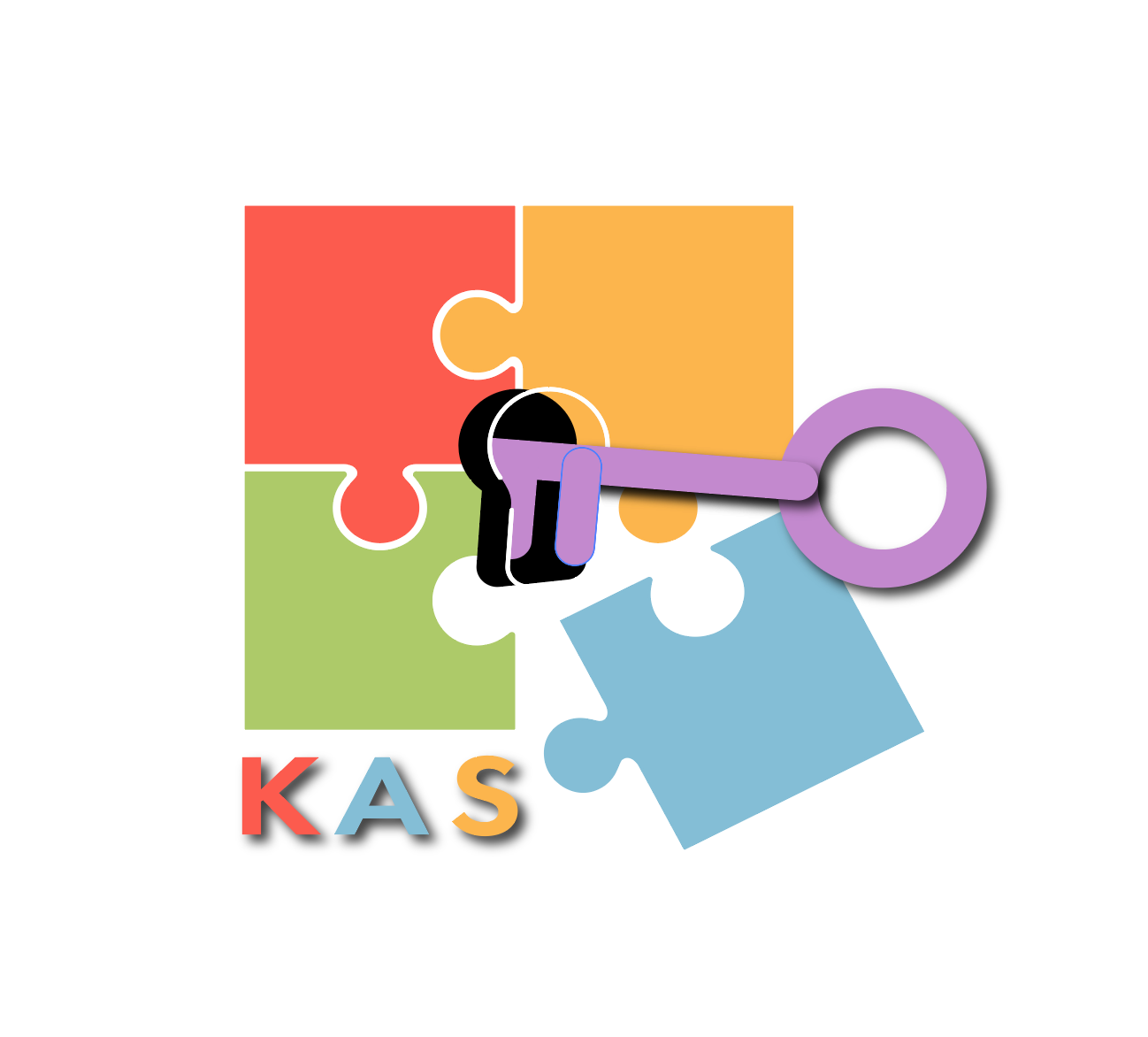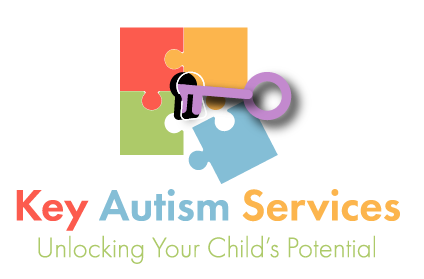Over the years ABA has evolved significantly. It has transformed from a theoretical framework to a commonly used practice. This blog will examine the journey of ABA highlighting its key milestones.
The Birth of ABA
ABA started in the 1960s when behavior analysts began applying principles of behaviorism to understand and modify human behavior. Inspired by the work of B.F. Skinner, ABA aimed to identify the functional relationships between behavior and its environmental factors.
Early Applications
Initially, ABA primarily focused on treating individuals with developmental disabilities such as autism spectrum disorder. Early studies demonstrated the effectiveness of ABA in improving communication, social skills, and reducing challenging behaviors in individuals with ASD.
Expansion to Other Fields
As ABA gained recognition for its success in treating developmental disabilities, its applications expanded to other areas. Today, ABA is used in education, organizational behavior management, sports psychology, addiction treatment, and animal training. ABA interventions are versatile and applicable across diverse populations.
The Science of ABA
ABA is driven by an emphasis on science and evidence-based practices. Researchers have conducted numerous studies to validate the effectiveness of ABA interventions which have led to the establishment of best practices and ethical guidelines.
Technological Advancements
The integration of technology has played an important role in the evolution of ABA. The development of data collection tools, video modeling, virtual reality, and mobile applications has enhanced the efficiency and effectiveness of ABA interventions. These technological advancements have made ABA more accessible, reaching individuals in remote areas and expanding its reach globally.
Individual Approach
Another significant shift in ABA’s evolution has been the emphasis on an individualization approach. Recognizing the importance of individual differences, ABA practitioners tailor interventions to meet each person’s unique needs and preferences. This shift has led to more personalized and meaningful outcomes for individuals receiving ABA services. Natural environment training is another method that promotes individualization. In natural environment training, the goal is to teach skills in a way that is relevant and meaningful to the individual. This approach emphasizes the use of natural cues, materials, and activities to create a more authentic learning experience. It aims to generalize skills across different environments and situations, promoting functional independence and real-life application. Natural environment training involves creating opportunities for learning within the individual’s natural environment, such as their home, school, or community. The teaching strategies used in NET are often play-based and led by the individual, allowing for increased engagement and motivation. The focus is on teaching developmentally appropriate skills relevant to the individual’s needs and goals.
Collaboration and Interdisciplinary Integration
ABA has embraced collaboration with other disciplines such as speech therapy, occupational therapy, and psychology. This interdisciplinary approach has enriched the field by incorporating diverse perspectives and expertise. It has also facilitated a holistic approach to intervention, addressing multiple aspects of an individual’s functioning.
ABA has evolved from a theoretical framework to a practical and widely used intervention strategy. ABA has become a powerful tool for behavior change through scientific research, technological advancements, and an individualized approach. As we continue to learn and perfect our understanding of human behavior, ABA will continue to evolve and make a positive impact on the lives of individuals worldwide. For more information or any questions, contact Key Autism Services by clicking HERE.


